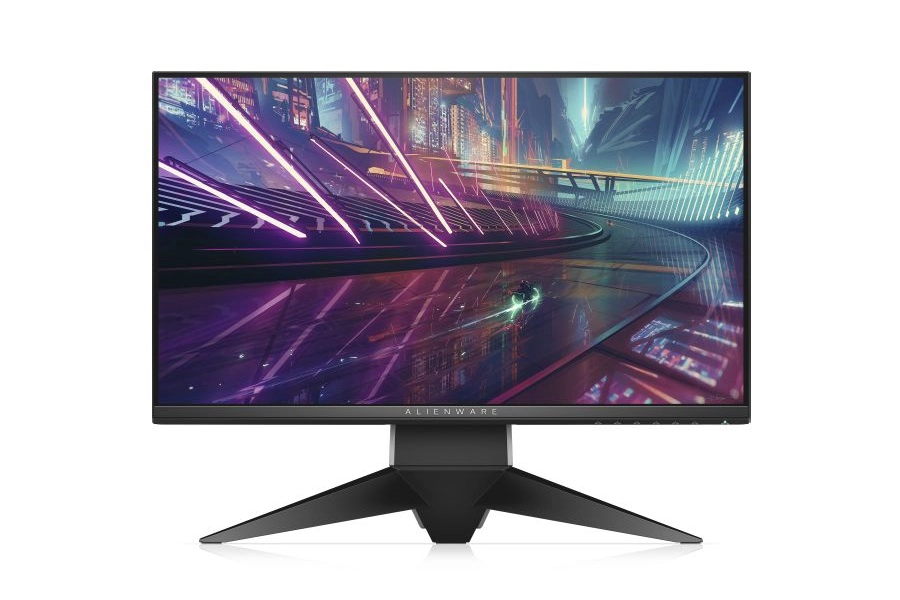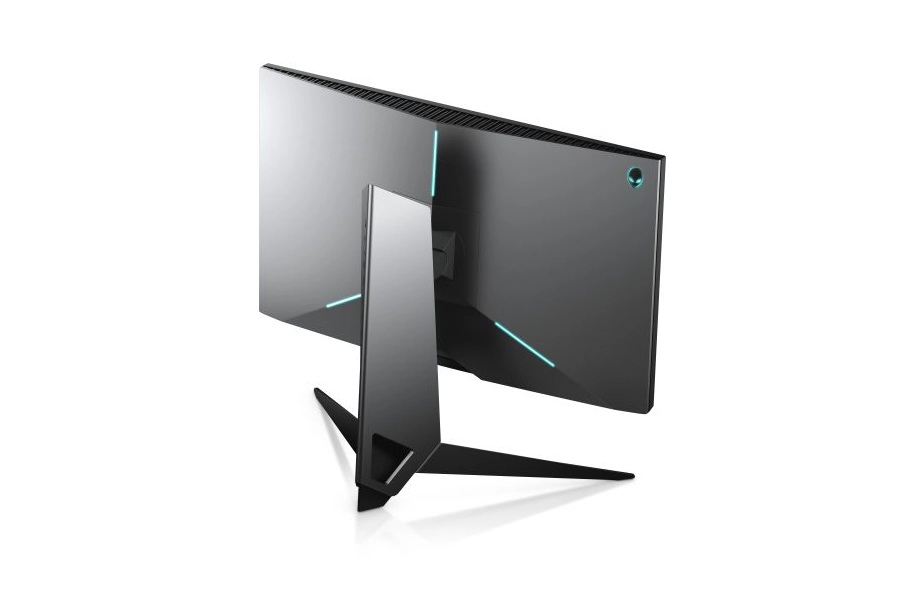Dell Alienware AW2518H and AW2518HF 240Hz TN models
As an Amazon Associate and Newegg Affiliate I earn from qualifying purchases made using the “Buy” button at the bottom of this post. Where possible, you'll be redirected to your nearest store. Further information on supporting our work.We’ve brought you news of a number of 240Hz TN models built with competitive gaming in mind, but more generally designed for anybody who values speed amongst pretty much everything else. Some of these models offer support for G-SYNC and others FreeSync, forcing some users to forgo features or aesthetics that they might like on one particular model because it doesn’t ‘fit with their GPU brand’. Dell have released two new models under their Alienware gaming brand that are identical aside from their support for either variable refresh rate technology. The AW2518H (G-SYNC-compatible) and AW2518HF (FreeSync-compatible) follow the sleek but angular style you’d expect from the brand. The bezels are very slim, including a hard outer component and a thin panel border that appears to blend into the rest of the screen if the monitor is off. The power button is one of several LEDs on the product controlled by ‘AlienFX’, allowing users to customise the colours, cycling and pulsing patterns of the LEDs. The OSD (On Screen Display) is accessible using pressible buttons on the underside of the bottom bezel, towards the right side. The company describes the OSD menu system itself as “gaming-centric” with “an easy-to-use dashboard”.

These models use the AUO M250HTN01, which is a 24.5” TN (Twisted Nematic) panel built for speed. It offers a 1920 x 1080 (Full HD) resolution, 1000:1 static contrast and the usual TN panel 170°/160° horizontal/vertical viewing angles. The screen surface is regular (‘medium’) matte anti-glare, offering good glare-handling characteristics even in moderately bright environments. A 240Hz refresh rate is supported natively, with the variable refresh rate for the G-SYNC model being 30 – 240Hz. The range is currently unknown for the FreeSync model, but likely 48 – 240Hz with LFC (Low Frame Rate Compensation). The G-SYNC model features a similar Nvidia compensation feature below 30Hz, which keeps the refresh rate at a multiple of the refresh rate to eliminate tearing or stuttering where possible. Such low frames rates would, of course, be a tragic waste of such a monitor anyway. It’s worth clarifying to some users, at this point, that G-SYNC can only be used on compatible Nvidia GPUs and FreeSync on compatible AMD GPUs – you’d be surprised how many people ask us if their Nvidia GPU ‘supports FreeSync’. The backlight is a flicker-free WLED unit capable of ~sRGB colour reproduction and a typical luminance output of 400 cd/m². 8-bit colour is supported via 6-bit +FRC dithering and, unsurprisingly for a monitor of this refresh rate and ‘speed prowess’, a 1ms grey to grey response time is specified.
The rear of the monitor features a matte silver colour throughout, although if viewed from an angle you can see that the feet of the stand, joint between the stand and screen and the side of the monitor are matte black. This has what is described as a ‘chrome finish’, which suggests powder-coated metal rather than plastic is used extensively here. The angular aesthetic is again visible from this perspective. There are three LED strips here as well as an Alienware logo towards the top right. These are independently controllable through the ‘AlienFX’ software included with the monitor. The included stand is fully adjustable, offering; height, swivel, tilt and pivot adjustment. It can be removed using the quick-release mechanism and replaced with an alternative 100 x 100mm VESA compatible stand or mounting solution. The ports are down-firing and include; DP 1.2a (supports G-SYNC or Adaptive-Sync depending on model), HDMI 1.4, 4 USB 3.0 ports (plus upstream), 3.5mm headphone jack and 3.5mm audio input.

Further information on the ‘H’ (G-SYNC model) and ‘HF’ (FreeSync model) can be found on the manufacturers website. The former is currently listed at $699.99 and the latter at $499.99. We’ll consider reviewing at least one of these models if time permits and a sample can be provided.
![]()
|
